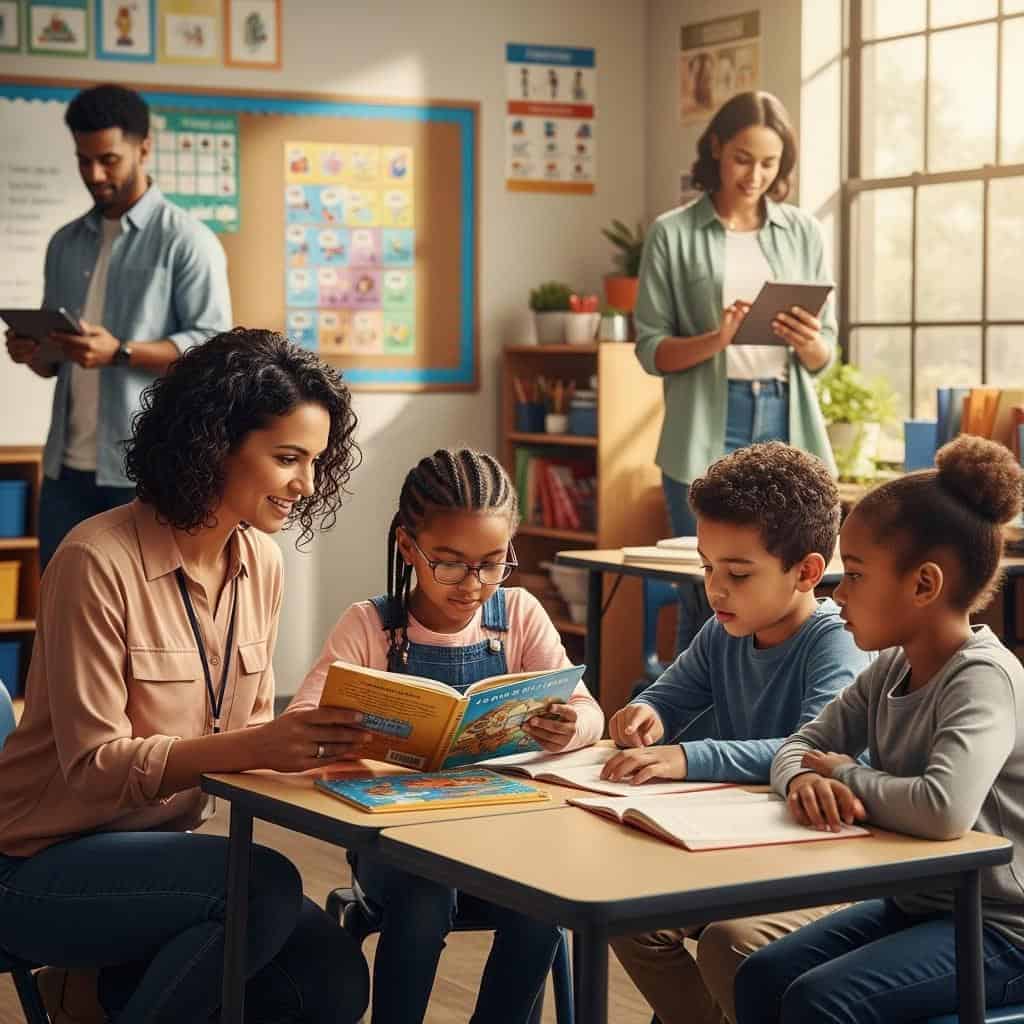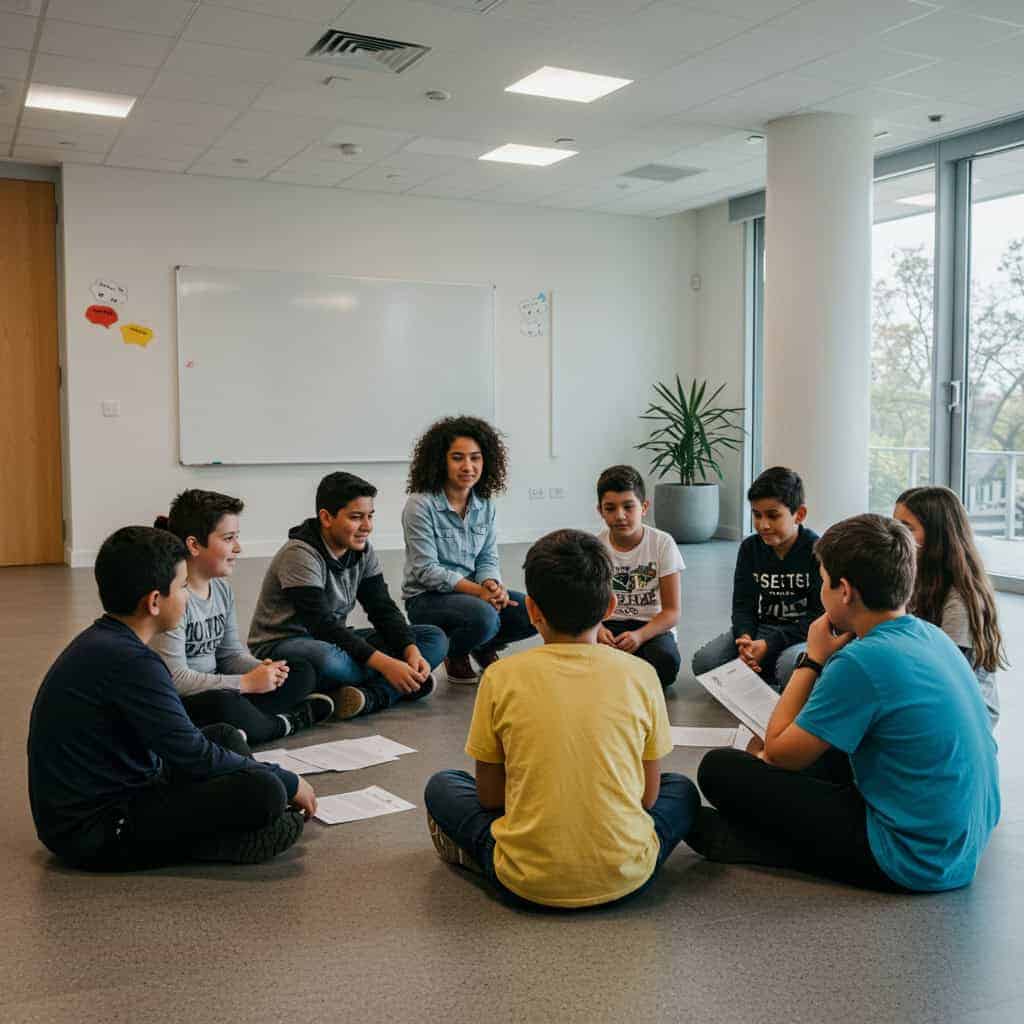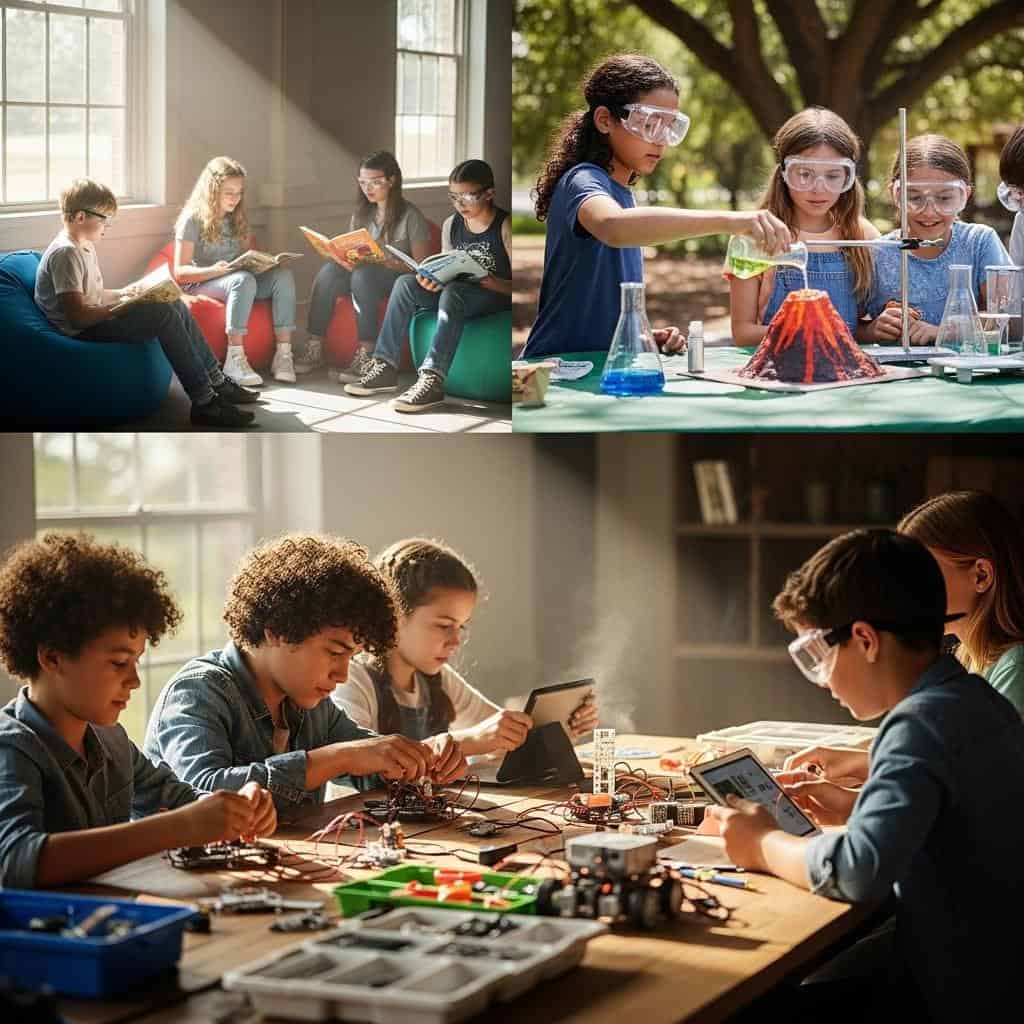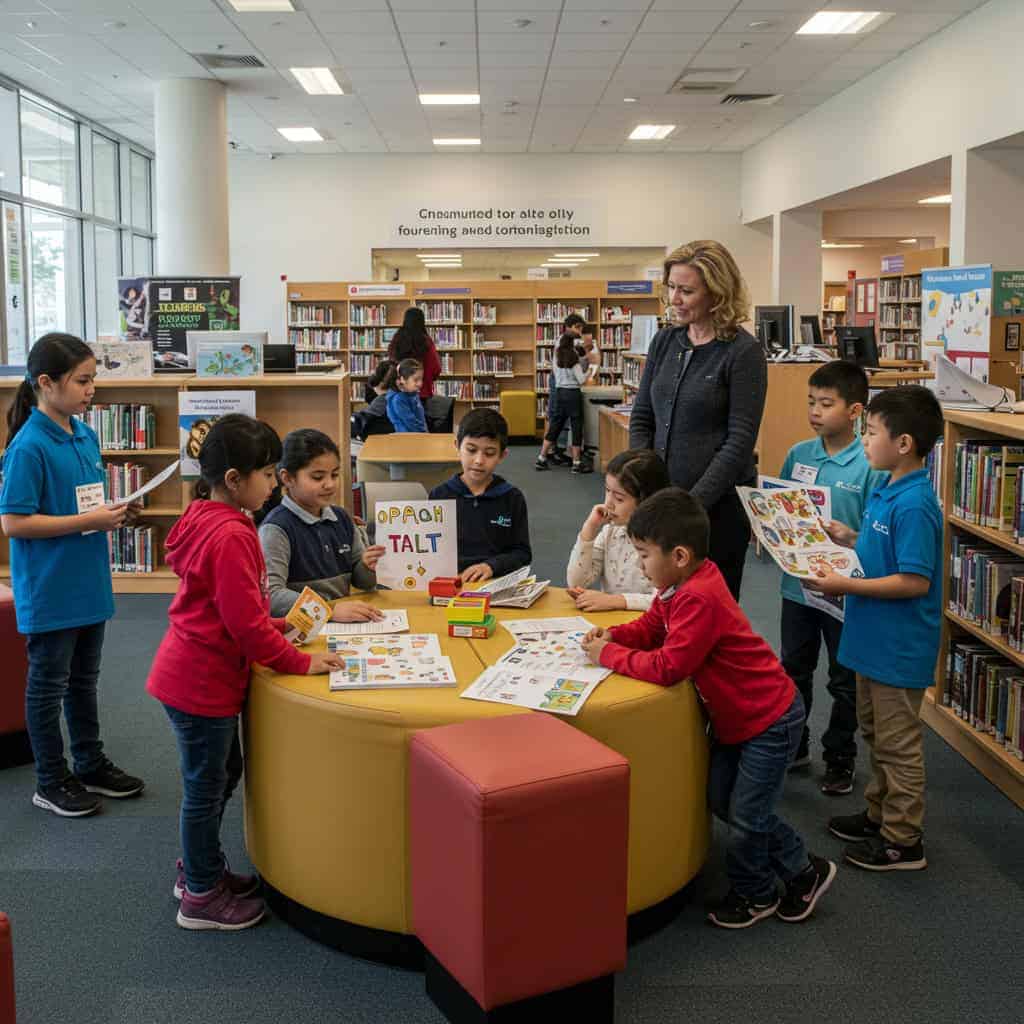12 Real-World Fixes for Kids Falling Behind in School
Falling behind in school can happen for many reasons—academic struggles, emotional challenges, or unexpected life events. But timely, practical solutions can help bridge the gap and empower students to get back on track. Discover actionable approaches, backed by research and real-life examples, that can make a meaningful difference in educational progress.
1. Early Assessment and Intervention

Early identification of academic struggles allows for quicker support and more effective solutions. Schools can use standardized screening tools and teacher observations to spot students who need help. For example, early literacy assessments in elementary grades have proven effective in identifying and targeting reading difficulties. This proactive approach enables tailored interventions before problems escalate.
2. Individualized Learning Plans

Tailoring instruction to a student’s strengths and needs helps address specific learning gaps effectively. Individualized Education Plans (IEPs) or 504 Plans provide structured support and accommodations, ensuring students receive the resources and adjustments necessary for success. These plans are developed collaboratively with families and educators to set clear goals and monitor progress.
3. After-School Tutoring Programs

Tutoring offers targeted help outside regular class hours, addressing specific areas where students need improvement. Programs such as America Reads and various local initiatives pair students with trained tutors who reinforce core academic skills through individualized instruction. Research shows these programs can significantly boost student achievement and confidence.
4. Family Engagement and Support

Active family involvement is a key factor in boosting student achievement. Regular communication between parents and teachers, offering homework help at home, and participating in school events all contribute to a supportive learning environment. These actions help students feel encouraged and motivated to succeed.
5. Leveraging Educational Technology

Edtech tools like adaptive math apps and reading software offer personalized practice and instant feedback, making it easier for students to target specific areas of need. These digital platforms adjust to individual learning levels, helping students progress at their own pace. Integrating technology in education empowers students to catch up and stay engaged with their studies.
6. Building Strong Teacher-Student Relationships

Positive relationships between teachers and students foster trust and motivation, which are essential for learning. Educators who take time to connect with students can more effectively identify barriers to success and provide needed encouragement. These connections help students feel valued and understood, increasing engagement and persistence.
7. Addressing Social and Emotional Needs

Emotional well-being is a cornerstone of academic success. Programs that teach coping skills, emotional regulation, and resilience—such as Social Emotional Learning (SEL)—can significantly boost students’ ability to manage stress and overcome challenges. SEL initiatives foster self-awareness, empathy, and positive relationships, all of which contribute to improved classroom behavior and academic outcomes.
8. Access to Mental Health Resources

Mental health services in schools play a vital role in helping students manage anxiety, depression, and stress—factors that can hinder academic performance. School counselors, social workers, and outside mental health professionals can collaborate to offer comprehensive support tailored to students’ needs. These resources ensure that emotional challenges do not go unaddressed, enabling students to focus better on learning.
9. Flexible Curriculum and Pacing

Allowing students to learn at their own pace or revisit challenging material supports diverse learning needs and styles. Flexible curriculums make it possible for students to focus on mastering foundational concepts before moving forward. Mastery-based learning, which emphasizes comprehension over speed, is gaining popularity due to its proven effectiveness in improving academic outcomes.
10. Peer Mentoring and Study Groups

Peer support through mentoring and study groups fosters collaboration, boosts confidence, and creates a sense of belonging among students. Programs like Big Brothers Big Sisters demonstrate the powerful impact of positive peer influence, as older or more experienced students help others navigate academic and personal challenges. Study groups also encourage active learning and accountability.
11. Summer Learning Opportunities

Summer programs are essential for preventing learning loss and helping students catch up on missed skills. Local libraries, community centers, and online platforms provide a variety of enriching educational experiences, from reading challenges to STEM camps. These opportunities keep students engaged during the break and reinforce important concepts.
12. Collaboration with Community Resources

Partnerships with libraries, nonprofits, and local businesses help extend learning beyond the classroom walls. Community involvement provides students with mentorship, access to educational materials, and valuable real-world experiences. These collaborations can include guest speakers, internships, or project-based learning opportunities that enhance academic growth.
Conclusion

Combining these practical strategies creates a comprehensive support system for students facing academic challenges. While every child’s needs are unique, real-world fixes—backed by research and strong community collaboration—can help bridge educational gaps and foster long-term success. By leveraging early intervention, tailored plans, technology, and partnerships, families and educators can make a meaningful difference in students’ lives.
.article-content-img img { width: 100% }




